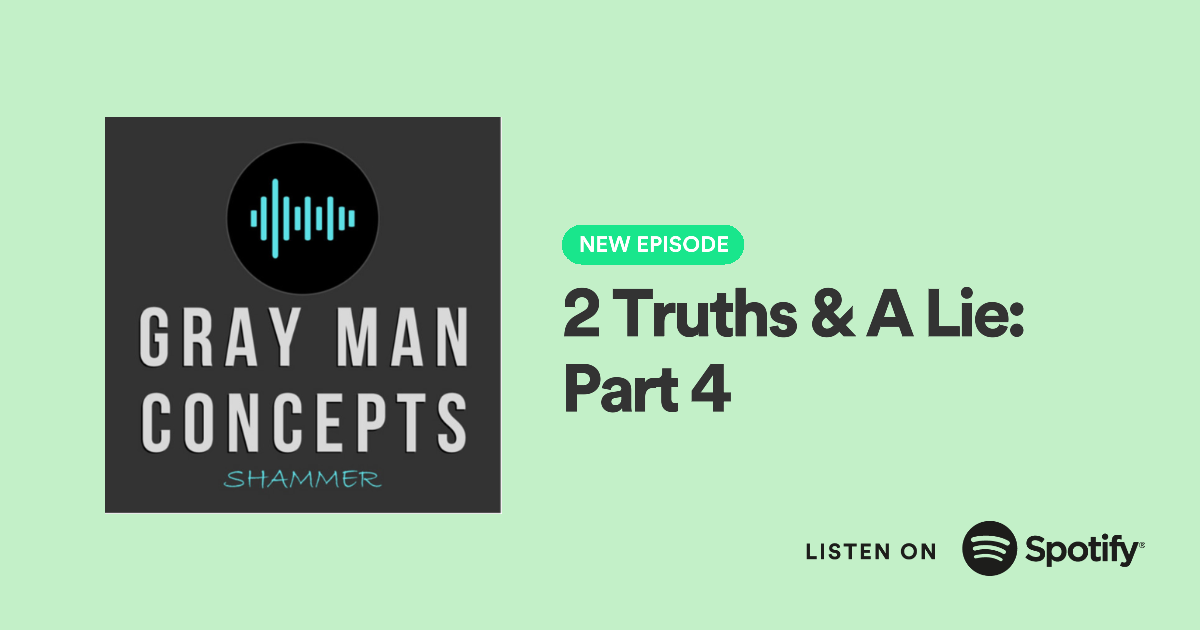Understanding body language and having the ability to use your own to a situational advantage while "reading" and assessing another is a very finite skill that takes countless hours of training. However, to gain the basic insight and understanding of how this phenomenon works and can be used to your benefit is not difficult but can be tedious if you choose not to put the practical application and time is required to begin to grasp the concepts.
How Does it Work
It is important to always remember that body language always comes in clusters, not isolated individual signals. Only by analyzing clusters of postures and other signals can a person begin to identify what is happening behind the scenes of thoughts, conversations, and emotional states. This is only the beginning due to additional factors such as the emotional state of mind, cultural differences, and language patterns.
Another key aspect is to remember that these signals, postures, and clusters "suggest", they do not necessarily, quite often rarely, clarify specifics about a person's true beliefs, thoughts, intentions, emotions, opinions, or otherwise. Depending on your view of the world and yourself this may in fact be the most important aspect needed for accurate reads on another individual or group. Regardless of the order, understanding and accepting the concepts of clusters and suggestions are the base required to successfully begin to identify the language of the human body.
We will start by making this a bit more practical and fun with a few basics that tend to be easily recognizable and tend to strongly suggest that even outside of a cluster may by itself strongly suggest certain specifics. However, clusters as always are a factor and until that level is reached solely basing any judgment on an individual movement is still, while a strong suggestion for some, not necessarily indicative of any true depiction by itself.
A basic rule: People act in their own best interests. If they appear not to be, then you haven't yet identified their true motivations.
The Eyes
During a close personal interaction look at the pupils. Dilation of the pupils tends to suggest interest and arousal in the subject. The subject can be person, conversation, something in the sightline, or any combination. Take into account environmental factors such as sun breaking through the clouds, internal lighting, any slight lighting change can affect dilation. If the environment is stable then try to identify at which point dilation interacts with your conversation and physical posture.
Pupil dilation is considered so accurate that aside from decades of study it is used in market research extensively to gauge audience interest in products.
Now, arousal and interest are not always positive. If a person fears the knife in the hand of a would-be attacker the dilation will occur, the focus tends to stay on the knife. Keep this in mind, perhaps the dilation is related to something else. I am a big guy well beyond the average adult male at almost 6-5. I have to, in some situations, make myself appear smaller and less intimidating, almost weaker, in order to focus the attention of another in such a way that I can read them without having to consider signals such as dilation being in any way related to me.
The Voice
Let's take a look at vocal changes. Vocal cords are muscles. Like all muscles, they tighten during periods of stress. Just like the physical stress of resistance training tightens the contracting muscle so do mental and other stressors affect receptors that constrict and tighten vocal cords. This tends to produce an octave elevation in the timbre of the voice. A higher tonal shift, or pitch, in the sound. Some things to consider that may cause natural shifts, puberty for one. For teens and young adults even as far back as single-digit years, this would be considered an inaccurate way to assess the individual. Additionally, if a person is in a situation where they feel cornered, a sign of stress would lead to dry mouth, with no access to water to lubricate then the tonal manifestation may occur as a second or third-order effect to what is really happening and may not be, by itself, a sign of stress, nervousness or otherwise. An example of why understanding clusters is important.
There is truth to the increase of blink rate to be indicative of nervousness. Studies have repeatedly shown that 31-50 per minute is normal for an individual watching a movie or tv show. So, if a presidential candidate has blinked at a rate of 150 - 170 per minute (several a second) consistently, it would be fair to say that suggests nervousness. However, by itself, does not suggest deception. Equating nervousness with anything like fear, deception, love is foolish. It is its own emotion. Trying to force it into another idea is an indication that nervousness itself is not understood accurately as an emotion.
Attentive Body Language
One type of body language classified as "attentive" is what determines an individual's interest level. This tends to indicate interest in the other person, not what they are saying. This is a subconscious fact and does not mean the conversation is boring, disinteresting, or not worthwhile. Despite what the world of debate and communication will tell you, science shows that it is the subconscious interest in another person that holds human attention. The fantastic ability to communicate "better" or even communicate in a manner target to the audience (even an audience of one) is what sets up the guidelines to keep that person focused on you, not what you are saying. How can we identify this? A simple way is to again watch the eyes. Does the individual become easily distracted by things going on around them? Throughout a five minute conversation if the person continually scans the room or focuses on isolated events, sounds, or images this suggests they are not interested in you. This does not express disinterest or "not paying attention." In fact indicates they are paying attention, to such a degree they subconsciously focus on other areas due to the lack of knowing how to exit the conversation.
If a person somewhat leans, or repositions their body forward, without any physical limitations or interference from environmental noise, this suggest interest. It is the subconscious posturing to hear better, although they can hear just fine. A head tilt forward could also suggest the same. A side head tilt may mean curiosity or it may mean or more likely uncertainty. While by itself that cannot be determined without a baseline, cluster recognition, and questioning patterns to gauge continued movements, what can be presumed is that you are not perceived as a threat.
Have you ever noticed the furrowed brow? The eyebrows coming together, in most people looks almost ominous, often perceived as anger or other emotions. You may have your own ideas on what you perceive that to be. It really only suggests the listener wants to understand and hear the individual better. In most situations, it is a positive sign. Let us say that despite knowing cluster recognition everything indicates a punch is about to be thrown and there a furrowed brow. While this is now a negative situation it still is a sign that the listener wants to hear and understand better.

How to get your free month
How pricing works
How to view posts
What you can post
A #podcast about #persuasion, #deception, #communication, and the #Grayman
https://promocards.byspotify.com/share/5e3dfefd944d823be992a43447470e279711b635
These are some of my favorite camping tips A #podcast about #preparedness, #camping, #hiking, and the #Grayman
https://spotifyanchor-web.app.link/e/umedj5kJiBb














